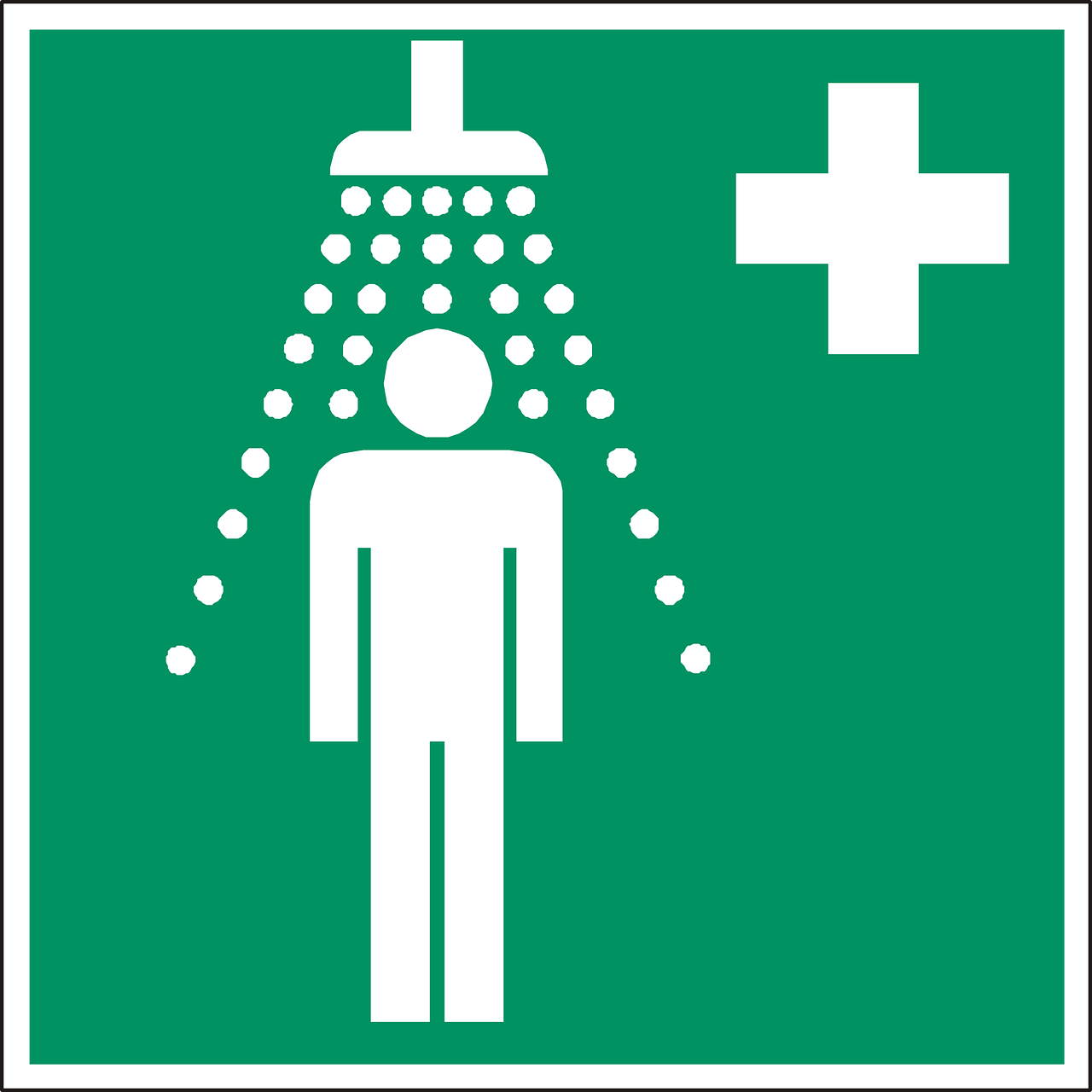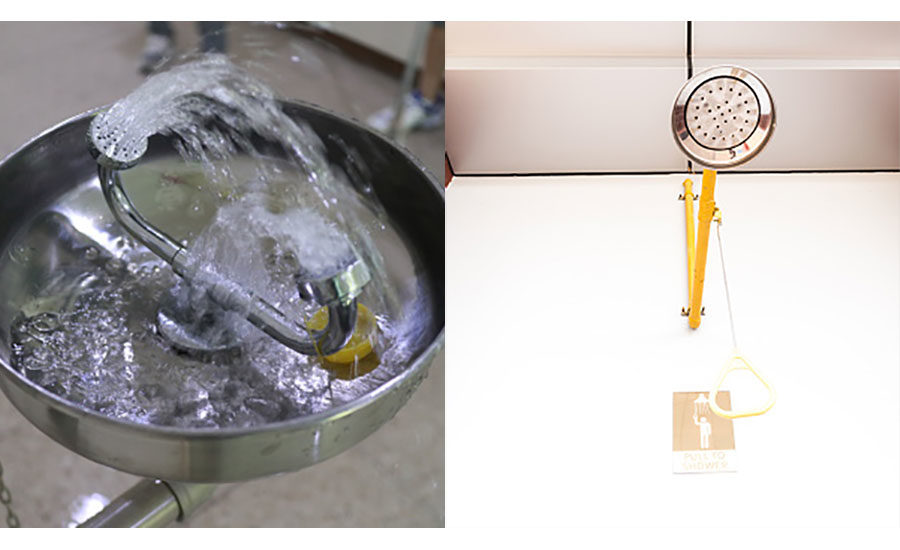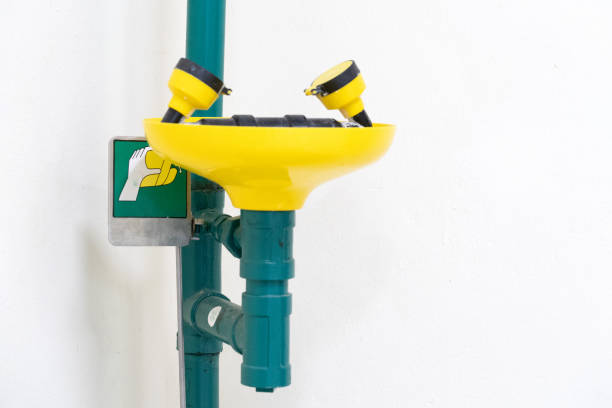
According to the law, industrial and chemical workplaces are expected to take all the necessary precautions and the installation of safety showers and eyewash stations are highly recommended. But, even though some establishments meet this requirement, others don’t. Today, let’s discover some of the common causes for emergency shower and eyewash non-compliance.
1. Insufficient Water Flow

Did you know that with not enough water flow, the safety shower and eye face cannot be considered efficient and usable? Reason why? Well, because they would not be able to supply adequate flushing capabilities to a user with chemicals or harmful substances on their body. For example, an improperly maintained safety shower will not be able to provide 20 gallons per minute while a faulty eyewash cannot provide 3 gallons per minute for 15 consecutive minutes.
This is why it is recommended to get all emergency safety showers and eyewash stations tested by the National Concrete Scanning and Coring.
2. Injurious Water Pressure

What does it mean? Simple: the water pressure is too high.
Sometimes, when the pressure in the supply line exceeds 90 pounds per square inch (PSI), then it results in the emergency washing units to forcefully shoot water like a typical pressure washer. And, of course, this can severely damage a person’s eyes.
3. Improperly Maintained or Missing Dust Covers

Dust covers that fit over the top of the eyewash heads are essential as without them, the nozzles or outlets are exposed to airborne contaminants and debris that can consequently make their way into an individual’s eyes and cause infections and other serious injuries.
4. Do Not Provide Tepid Water
Since 2004, the ANSI Standard implemented the tepid water requirement. However, even though all safety showers and eyewashes must supply tepid water in between 60-100 degrees Fahrenheit or 16-38 degrees Celsius, there are many units that fail to comply with this requirement.
5. Flow Pattern Issues

The following includes when the pattern of water coming out of the shower or eyewash heads is considered not consistent:
- When safety showers do not have a column of water 20 inches (50.8 cm) wide at 60 inches (152.4 cm) above the surface floor.)
- When eyewash stations are not 33 to 53 inches (83.8 cm – 134.6 cm) from the surface floor of user and a minimum of 6 inches (15.3 cm). This means that the eyewash is not able to provide flushing fluid to both eyes simultaneously.
If you are wondering what impact can these flow pattern issues cause, let me tell you that a person who has been exposed to a chemical hazard will not be able to receive the effective water stream and pressure that is required for proper first aid treatment.
6. Lack of Proper Signage on the Equipment or Lack of Acceptable Lighting
Even if this does not affect the unit’s ability to perform or the victim’s condition, trust me, an eyewash or safety shower station, not installed and positioned in a location that is well lit and free from obstruction on the ground, can be tagged for non-compliance.
In addition, the one element that plays a huge role in the effectiveness of these systems is their accessibility. However, if people are unable to find the emergency units, then the consequences can be life-threatening. Signs and labels are extremely important as, for example, in an industrial building, it is difficult to spot eyewash units among all the other piping and machinery.
7. Inoperable Valves

Here, either the mixing valves that are used to provide lukewarm water are not working correctly or the activation valve is completely broken (and you cannot turn on the shower at all).
8. Inadequate Testing Frequency

As per the ANSI Z358.1, if you are not activating your safety showers or eyewash stations at least once a week for inspection, then this could get you into trouble.
Firstly, the water that stays too long in the pipes can acquire a build-up of bacteria and dirt. As a result, the water the comes out will most likely pose a threat to the user. Moreover, think about how with time, the valves can rust and the pipes can freeze, ultimately affecting water flow.
If you think your emergency units are at risk for non-compliance, contact National Concrete Scanning and Coring immediately!


